Canadian prime minister Justin Trudeau is in a state of desperation. His minority Liberal government has been polling behind Pierre Poilievre’s Conservatives for the better part of two years. They’re down in most opinion polls by fifteen to eighteen points, and only have the support of 23-26 percent of the Canadian electorate. His left-leaning policies have turned off many Canadians, including fellow Liberals. His standing in the international community barely has a pulse. His personal popularity numbers continue to plummet.
How is Trudeau still in power? Because he signed a three-year work-and-supply agreement with Jagmeet Singh’s New Democrats — who are also struggling mightily in the polls — that doesn’t expire until June 2025. Without this, his goose would have been cooked.
The prime minister obviously wants to remain in power, as most political leaders do. He and his senior advisors have been throwing imaginary darts in every conceivable direction to gain an advantage. Nothing has worked to date.
Trudeau and the Liberals, who realize the clock is ticking rapidly, are now taking the most desperate step of them all: abandoning long-held political narratives with a flick of the wrist.
Here’s a recent example. Trudeau told reporters at an April housing announcement in Dartmouth, Nova Scotia that Canada’s level of temporary immigration needs to be controlled.
“Whether it’s temporary foreign workers or whether it’s international students in particular,” he said, these groups “have grown at a rate far beyond what Canada has been able to absorb…To give an example, in 2017, 2 percent of Canada’s population was made up of temporary immigrants. Now we’re at 7.5 percent of our population comprised of temporary immigrants. That’s something we need to get back under control.”
There’s nothing illogical with this assessment. Except for one critical point — the reason why temporary immigration has turned into a significant economic problem in Canada is specifically because of the policies of Trudeau and the Liberals.
The ex-drama teacher seemingly forgot that little nugget of information during his announcement. Perhaps he was caught up in the moment. But let’s provide him with a few gentle reminders.
The Trudeau Liberals took power in 2015. In 2017, they announced that Canada would take in a million immigrants over a three-year period. In 2018, immigration minister Ahmed Hussen announced a further hike of 40,000 immigrants for 2021, bringing the yearly total to 350,000, or roughly 1 percent of Canada’s population.
No one denies that hard-working immigrants, who arrive by legal means, have played a vital role in building and shaping Canada and other western democracies. Generosity of spirit is a good thing, too.
Nevertheless, how did Trudeau plan to pay for this massive wave of immigration? How would he deal with issues related to housing, jobs, taxes and ensuring Canada’s economic engine could handle this influx of new immigrants?
Sunshine and lollipops, it seems.
Trudeau’s Canada also let in refugees at a fairly rapid pace compared to the country’s total population. This included 25,000 Syrian refugees in a short two-month window in 2015, a time frame which was correctly described as “problematic” by the president of the Canadian Immigrant Settlement Sector Alliance. There were also issues with Haitians coming illegally across the US-Canada border in 2017. It turned into a huge political controversy. The right-leaning Conservatives and left-leaning NDP both questioned this surge, albeit for different reasons.
As for temporary foreign workers, Trudeau’s narrative has been all over the map. The Hub noted in a January piece that Trudeau criticized then-prime minister Stephen Harper and the Conservatives for growing the Temporary Foreign Workers Program (TFWP). As Trudeau wrote in a 2014 oped for the Toronto Star, “by 2015, temporary worker entries will outnumber permanent resident entries. This has all happened under the Conservatives” watch, despite repeated warnings from the Liberal Party and from Canadians across the country about its impact on middle-class Canadians: “it drives down wages and displaces Canadian workers.” In his view, the Conservatives needed to “scale it back dramatically.”
What did Trudeau do to correct this as prime minister? The exact opposite. Temporary work permits increased from slightly over 310,000 in 2015 to almost 800,000 in 2022. Both of Canada’s temporary labor migration streams, the TFWP and International Mobility Program, have gone up since 2017 — with an enormous spike in 2022. Early data for 2023 shows another increase is forthcoming.
Trudeau could have prevented all of this from happening if he had actually paid attention to Canada’s rising immigration levels and refugee claims. He didn’t. And this has been a defining feature of his mediocre and ineffective leadership.
This article was originally published on The Spectator’s UK website.



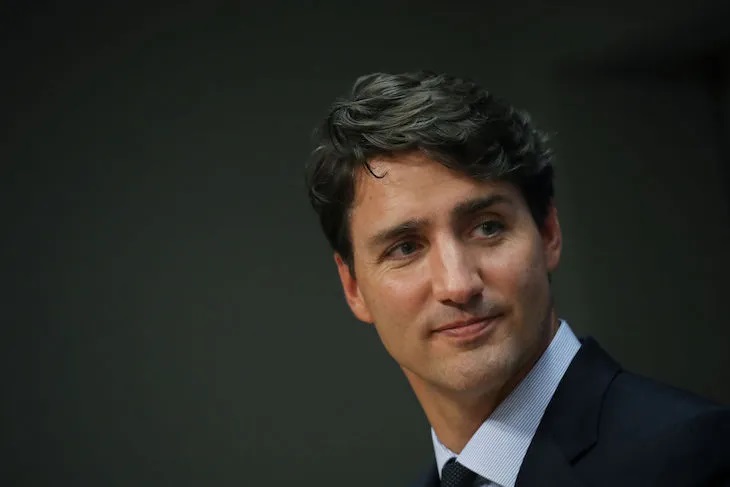








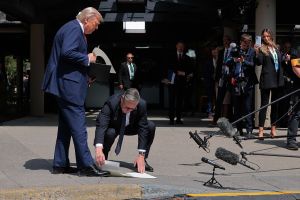
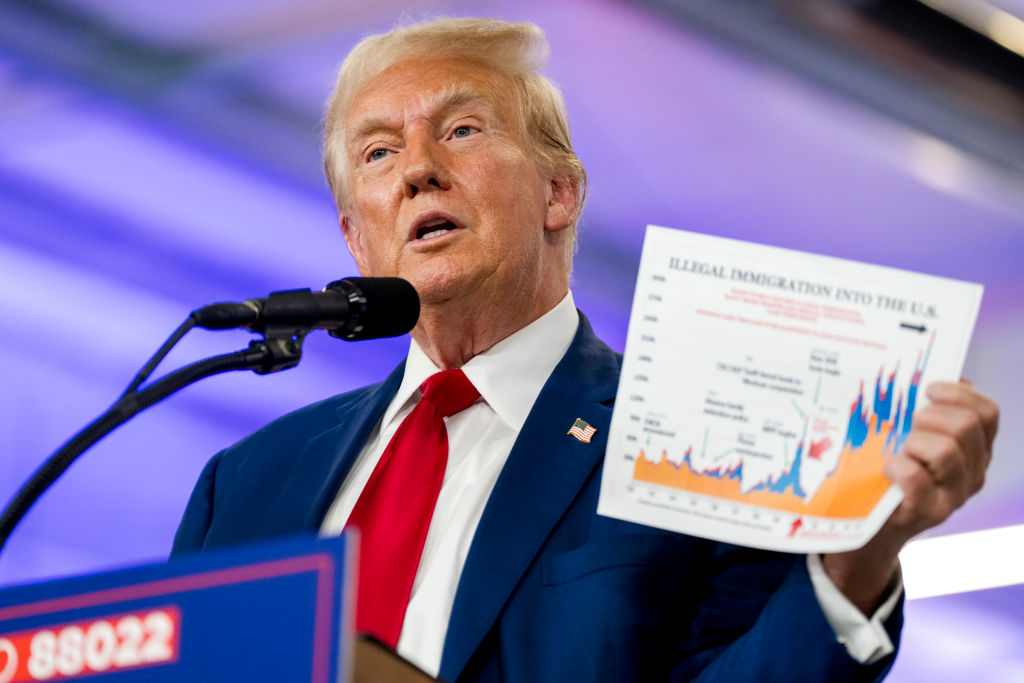
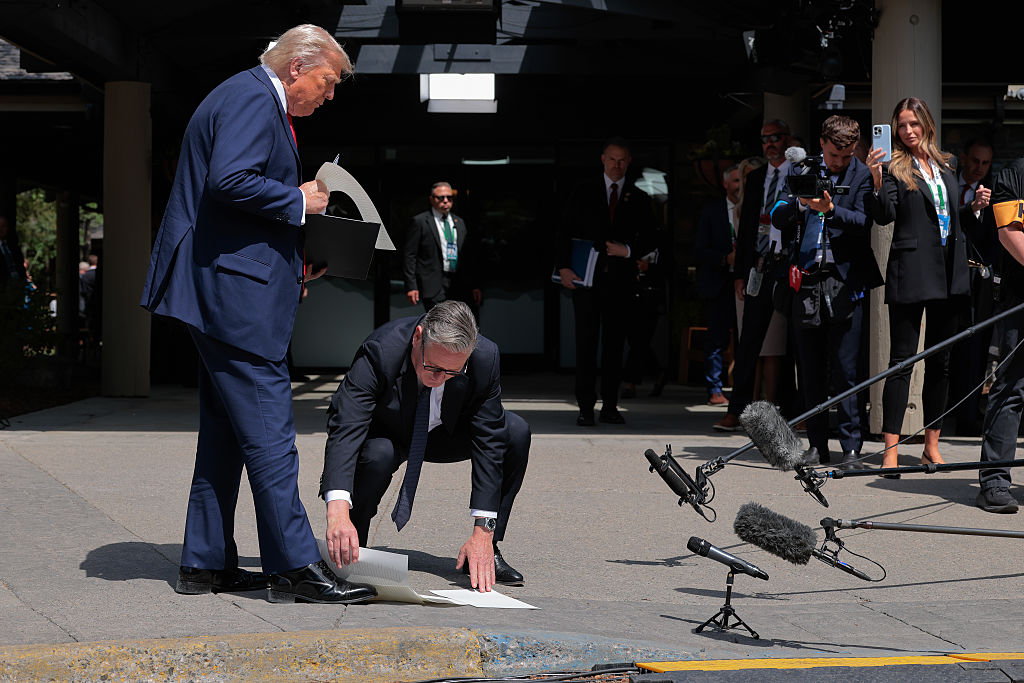
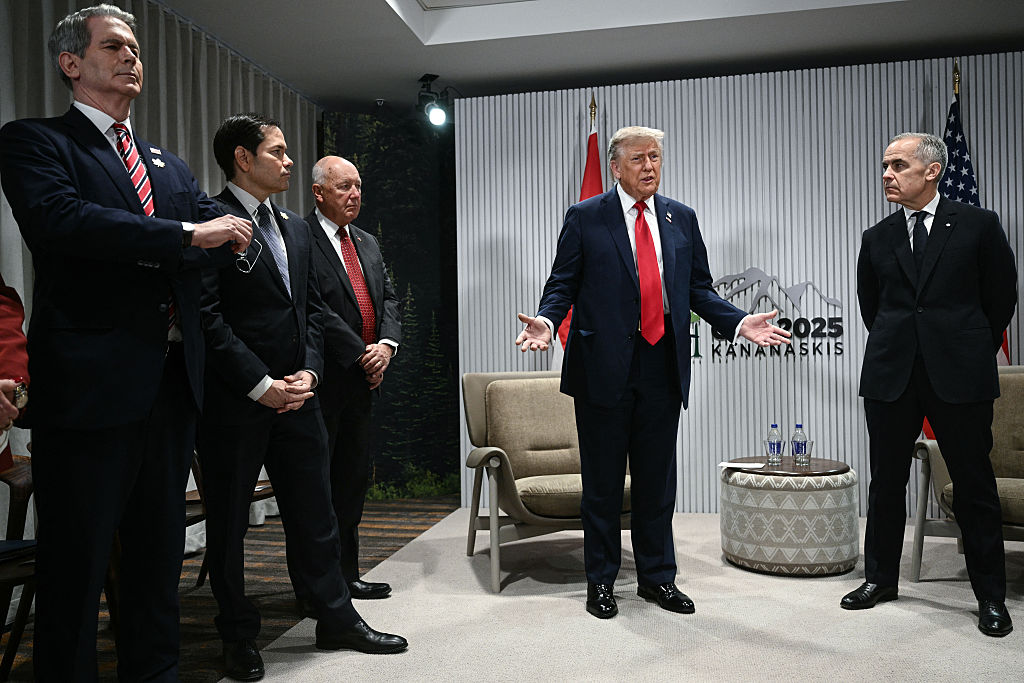

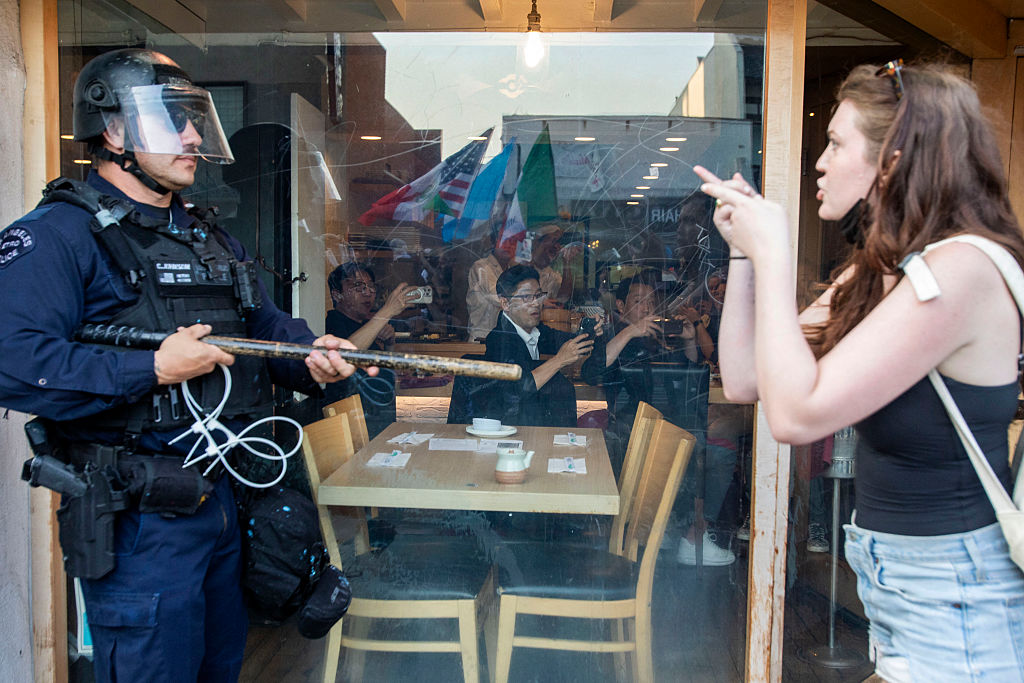
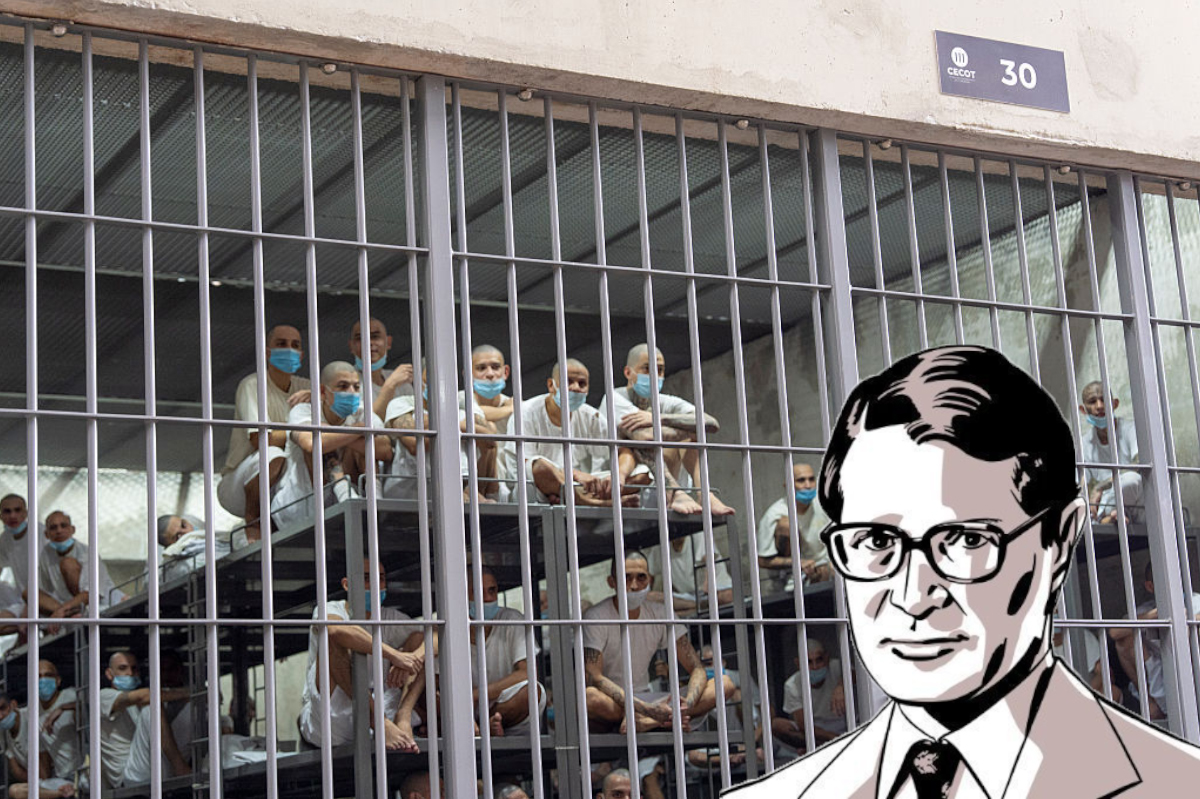







Leave a Reply